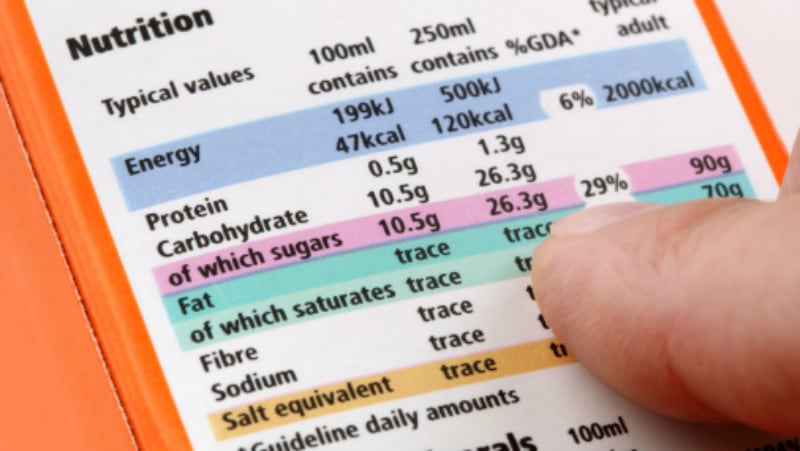According to the Imported food inspection data report for January to December 2020 published by the Australian Department of Agriculture, Water and Environment, a total of 152,289 tests were conducted on imported foods attempting to enter the country in those 12 months, 65,053 of which were on labelling.
Amongst all the tests conducted, labelling non-compliance was found to be by far the most significant issue found amongst food imports last year.
“In 2020 non-compliant labelling accounted for the most cases of non-compliance across the board at 81.3%, or 2,562 out of all 3,140 cases,” said the department via the report.
“[The most significant issue was found with] labels that did not comply with Australian food standards – most notably, 38.8% of labels lacked or listed either incomplete or incorrect nutritional details.
“This was followed by [labels containing erroneous] ingredient lists at 18.4%, non-compliant country of origin labelling at 16.6% and a lack of importer details at 12.4%.”
According to Food Standards Australia New Zealand (FSANZ) Nutrition Information standards, all foods must carry a nutritional information panel declaring per serving and per 100g/100ml the average quantity of energy, protein, fat, saturated fat, carbohydrates, sugars, sodium and any other nutrient needing clarification.
Of note here is that the number of labelling non-compliance cases has increased by over 1,000 cases or some 66% compared to 1,541 cases in 2019.
According to the report, the number of labelling tests conducted have increased by 72% since 2016, and this increased testing and number of cases referred to be tested is ‘likely a result of an increased volume of food imported’.
To be fair, the authorities did conduct more some 10,500 or 20% more labelling tests in 2020 (65,053) than in 2019 (54,486) – but the 66% leap in non-compliant cases as a result is more than significant, indicating the need for yet more testing and/or more measures to be put in place to mitigate issues from the mislabelling of incoming imported foods.
Analytical tests
Analytical testing fared much better with results showing just 367 cases or 1.5% of non-compliant imported food products in 2020, even lower than the 392 recorded in 2019.
The major issues spotted were chemicals such as pesticide residue in fruits and vegetables (112 cases), and contaminants such as aflatoxins in nuts (51 cases) and histamine in fish (66 cases).
No countries were pinpointed by the report as being particularly non-compliant, with the authors emphasising that incoming food is all inspected ‘irrespective of the country of export’. However, it was also stated that countries which have previously failed inspection tend to be subjected to stricter inspections moving forward.
“The exception [to equal inspections] is where a food has previously failed inspection,” said the department.
“Future consignments of that food from the producer in the particular country are inspected and analysed at a 100% rate of inspection and analysis until a history of compliance is re-established for the producer of the food.”
The Department of Agriculture also publishes a Failing Food Report on a monthly basis listing ‘failing foods’ which have failed analytical testing, contain non permitted additives or ingredients or are a prohibited plant or fungi. Non-compliant labelling cases are not included in these.
Based on the reports from the past six months, China and India have emerged amongst the major repeat failing food countries, making repeated re-entries to the list monthly. For instance, in May 2021 Indian imports made up about one-third, or 11 out of 32 cases of failing foods, for issues like the detection of salmonella and hydrocyanic acid in foods.
Unsurprisingly, according to the imported food report China and India are the top two exporting countries subject to the most food inspections out of all incoming food imports.





